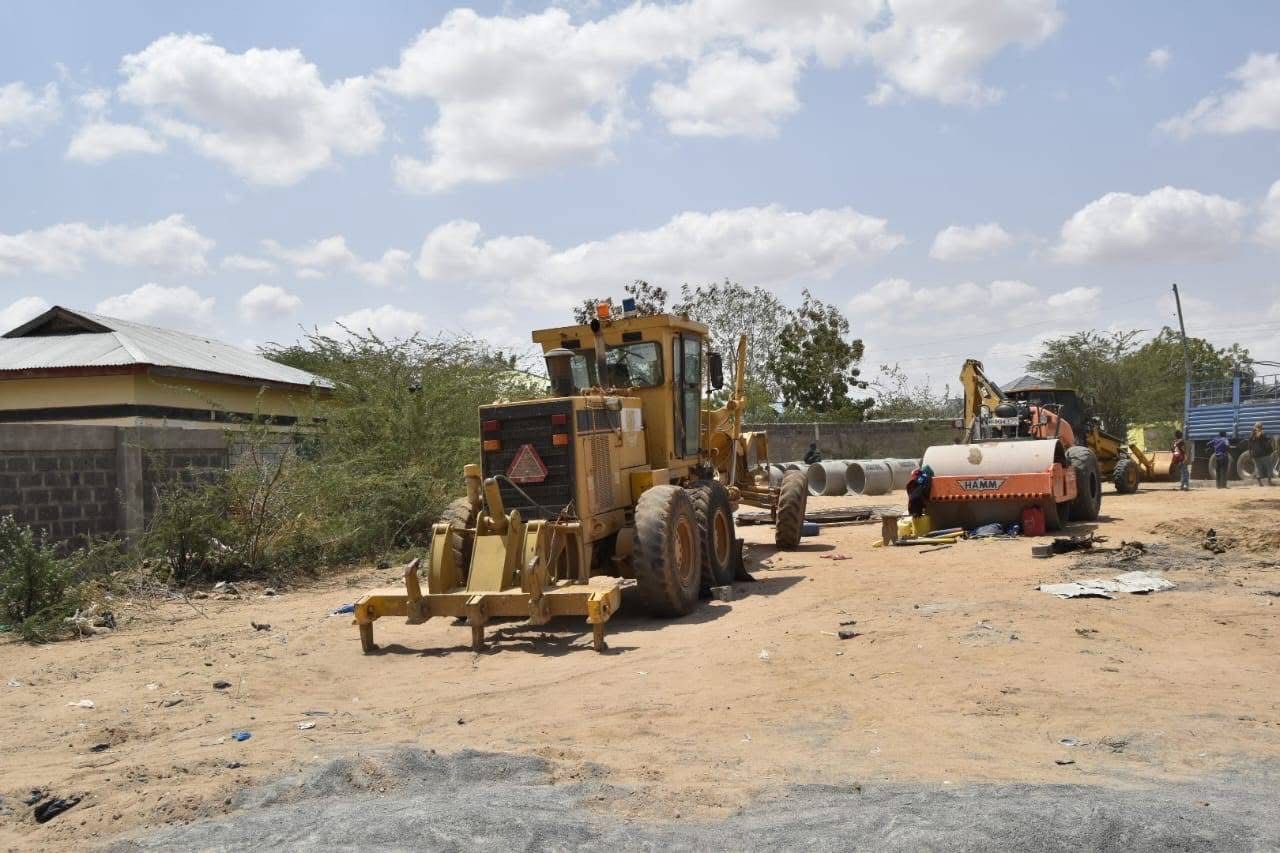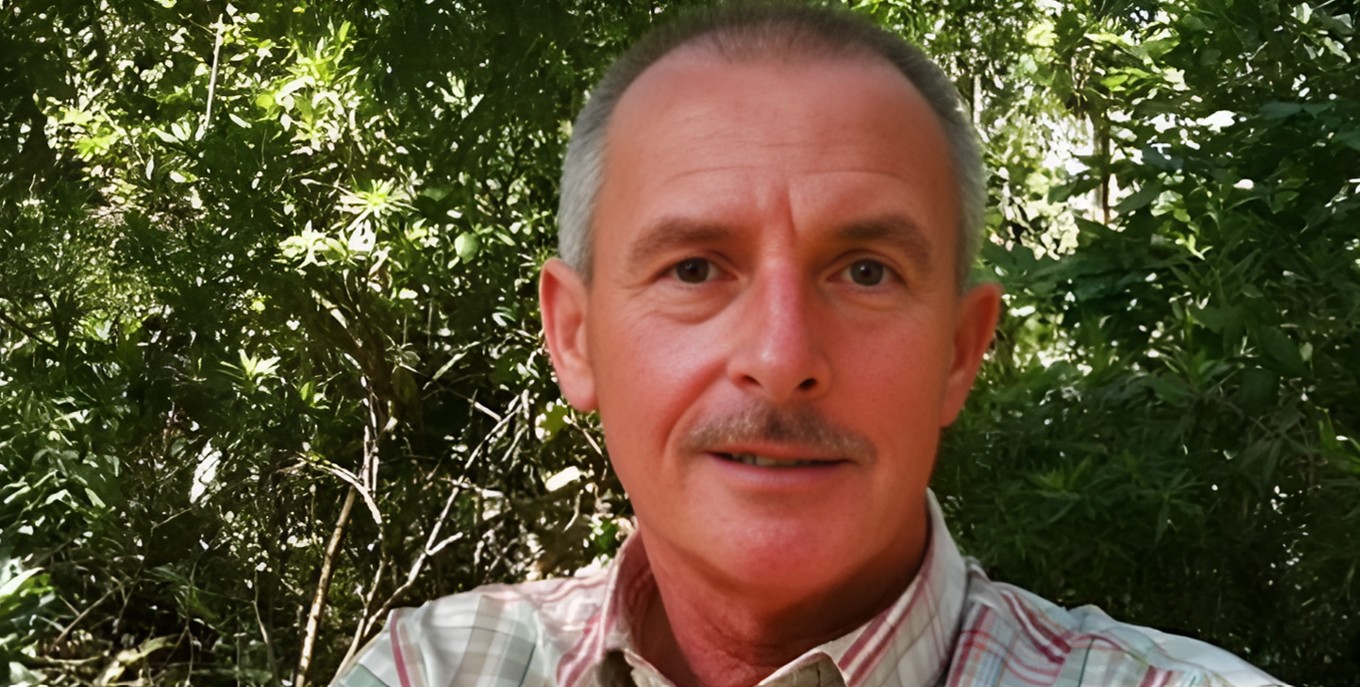HIV/AIDS claimed the lives of over 2,600 children under 14 in Kenya last year - report

The same report indicates that 3,743 new HIV infections were recorded among children under the age of four during this period.
A report by the National Syndemic Diseases Control Council (NSDCC) reveals that Kenya lost 2,607 children under the age of 14 to HIV and AIDS last year, raising concerns over efforts to prevent mother-to-child transmission.
The same report indicates that 3,743 new HIV infections were recorded among children under the age of four during this period.
More To Read
- Parental consent blocking teen girls from health services – report
- HIV prevention injection offers hope, but at a cost too high for many Kenyans
- Kenya to roll out lenacapavir HIV prevention injection by 2026 in landmark move
- WHO approves injectable lenacapavir in major shift on HIV prevention
- FDA approves groundbreaking twice-yearly HIV prevention shot
- MoH flags surge in youth HIV infections, calls for stronger prevention strategies
Of the estimated new infections, 37.7 per cent were attributed to mothers discontinuing antiretroviral therapy (ART), while 25.5 per cent resulted from mothers not receiving ART at all.
Speaking during World AIDS Day commemorations at Nyayo National Stadium on Sunday, NSDCC Chief Executive Officer Ruth Masha expressed concern over the figures.
"We are failing children,” she said, adding that mother-to-child transmission of HIV is preventable.
She emphasised the importance of initiating age-appropriate conversations about sex as children grow, urging parents to shed cultural taboos.
“We are calling for an end to shying away from these discussions because our children sometimes perish due to a lack of knowledge,” she said.
Masha warned that the high infection rates threaten Kenya’s goal of eradicating HIV and AIDS by 2030.
Progress
Despite the challenges, progress has been made in reducing mother-to-child transmission rates, which have dropped from 14 per cent in 2013 to 8.6 per cent in 2023.
Masha expressed confidence that Kenya is on track but acknowledged the need for structural reforms to meet the global target of less than five per cent by 2025.
“The challenge of addressing HIV transmission during pregnancy and breastfeeding periods requires that men and boys are engaged in prevention interventions,” she added.
Health Cabinet Secretary Deborah Barasa, who attended the event, unveiled plans to finalise national and county operational strategies within the next six months. The plans aim to strengthen Kenya’s resilience and self-reliance in its HIV response.
“HIV has cast a long shadow over our nation, claiming lives across all ages,” Barasa said.
She highlighted five key areas for action, including addressing diagnostic and workforce gaps, leveraging data for evidence-based decisions, and implementing legal reforms to combat stigma and discrimination.
Barasa noted significant achievements in Kenya’s HIV response, describing the progress as remarkable. By the end of 2023, adult treatment coverage stood at 98 per cent, with 97 per cent of those on treatment achieving viral suppression.
“New HIV infections have declined by 83 per cent, from over 101,000 in 2013 to just under 17,000 in 2023. AIDS-related deaths have decreased by 64 per cent over the same period,” she said, praising antiretroviral therapy for transforming HIV from a fatal diagnosis to a manageable condition.
She called on global partners to continue supporting Kenya’s efforts, reiterating the government’s commitment to eliminating HIV and AIDS as public health threats.
Top Stories Today
- MPs grill Defence CS Tuya over Todonyang attack that left 40 dead
- Only KDF soldiers in barracks to pay for meals, says Defence CS Tuya
- Inside Mukuru justice centre: How community action fights injustice, empowers residents
- KURA gives Garissa encroachers 30 days to vacate urban road reserves
- Kenyan seafarers to get globally standardised ID within three months
- British man’s death remains mystery as Mombasa court ends 12-year inquest















































